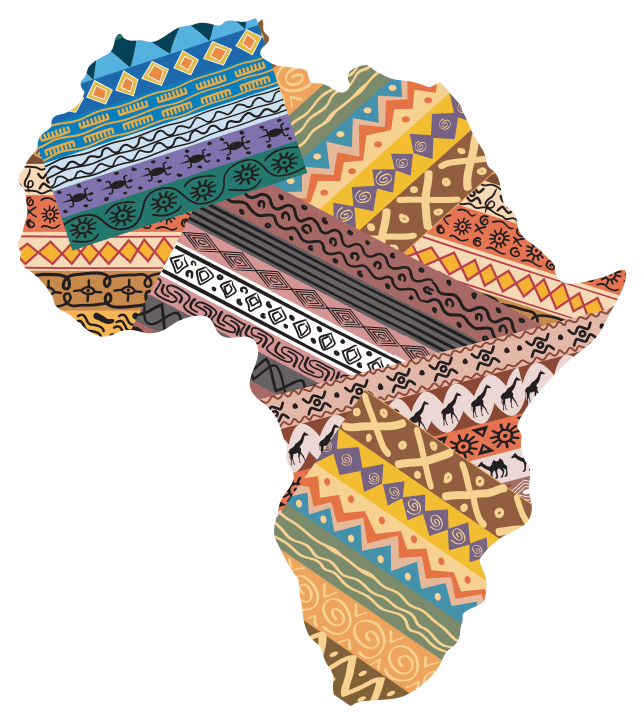Program title
AHEEN-RDP Pathways (AHEEN Refugee and Displaced Populations Pathways)

Duration
8 years (1 April 2024 – 31 March 2032)
Countries
- Kenya
- Somalia
- Burundi
- South Sudan
- South Africa
Official program host
University of Nairobi as legal host of the African Higher Education in Emergencies Network (AHEEN)
Goal
3,400 RDPs in Africa (70% women & 10% people with disability) attain quality education leading to dignified and fulfilling work and displaced learners are integrated into enabling societies.
Overview
AHEEN RDP Pathways is designed to support Refugees and Displaced Persons (RDPs) in Africa, with a focus on ensuring that 3,400 RDPs, including 70% women and 10% persons with disabilities, attain quality education leading to dignified and fulfilling work and integration into enabling societies. The program is implemented by AHEEN, a network of 10 members and 6 African partners, legally hosted by the University of Nairobi, leveraging an ecosystem approach that integrates universities, the private sector, policymakers, refugee-led organizations (RLOs), non-governmental organizations (NGOs), and international organizations. There are six pillars that illustrate the causal pathways that drive achieving the program’s long-term outcomes.
The Theory of Change (ToC) diagram highlights the iterative nature of complex social change processes, demonstrating how interventions targeting different pathways interact and reinforce each other.
The ToC is grounded in evidence-based approaches demonstrating the effectiveness of education, employment pathways, and system strengthening in improving long-term outcomes for displaced populations. Existing research, programmatic experience, and stakeholder engagement support the logic behind each causal connection.
Long-Term Outcome
To increase access to quality education and transition to dignified and fulfilling work for refugees and displaced persons (RDPs) in Africa by:
- Enhancing retention and completion rates in secondary education for RDP learners.
- Increasing transition and completion rates in tertiary education (Higher Education & TVET) for RDPs.
- Facilitating pathways to dignified and fulfilling employment for RDP graduates.
- Strengthening inclusion and access for young girls and persons with disabilities.
- Advancing research, learning, and evidence-based policy implementation for sustainable solutions.
- Strengthening the capacity and governance of county, national, and regional institutions to support refugees in national education and employment systems.

